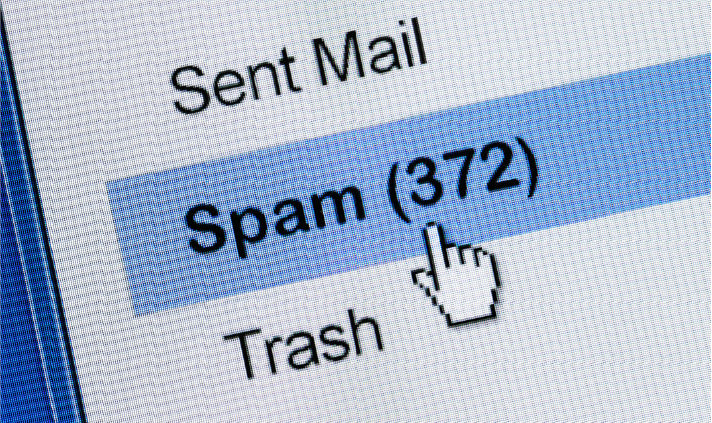
Email has become an indispensable tool for communication and information exchange. However, alongside legitimate messages, email inboxes often receive an abundance of unsolicited emails, commonly known as spam. In this article, we’ll explore the journey of emails as they make their way from the dreaded spam folder to the coveted inbox and how email filtering technology plays a crucial role in this process.
Understanding the Spam Epidemic
Spam emails are unwanted, irrelevant, or malicious messages sent in bulk to a vast number of recipients. They clutter inboxes, consume storage space, and potentially pose security risks. Spam comes in various forms, including advertisements, phishing attempts, and malware-laden attachments. Dealing with spam is not only a nuisance but also a matter of online safety.
The Role of Email Filtering
To combat the deluge of spam, email service providers implement email filtering mechanisms. These filters are designed to assess incoming emails and determine whether they should be delivered to the inbox, marked as spam, or even blocked entirely. The primary goals of email filtering are:
- Spam Detection: Identifying and flagging emails that exhibit spammy characteristics, such as suspicious senders, keywords, or formatting.
- Malware Protection: Preventing the delivery of emails containing viruses, malware, or malicious attachments that can harm the recipient’s device.
- Phishing Prevention: Recognizing and blocking phishing attempts, which aim to deceive recipients into revealing sensitive information.
- Inbox Organization: Sorting emails into categories or folders (e.g., primary, social, promotions) to help users manage their inboxes effectively.
How Email Filters Work
Email filters use a combination of techniques to evaluate the content and sender of each incoming email. These Email Filtering Techniques include:
- Sender Reputation: Assessing the sender’s history and reputation to determine whether they have a track record of sending legitimate emails.
- Content Analysis: Scanning the email’s content, subject line, and attachments for known spam keywords, malicious links, or suspicious patterns.
- Machine Learning: Employing artificial intelligence and machine learning algorithms to adapt and improve filtering based on patterns and user feedback.
- User Preferences: Allowing users to customize filtering rules to align with their preferences and priorities.
- Blacklists and Whitelists: Maintaining lists of known spam senders (blacklists) and trusted senders (whitelists) to guide filtering decisions.
The Challenge of False Positives
While email filtering is effective at catching spam, it is not without its challenges. One common issue is the occurrence of false positives, where legitimate emails are mistakenly flagged as spam and end up in the spam folder. This can lead to missed important messages and frustration for both senders and recipients.
Tips for Effective Email Communication
To ensure that your emails reach their intended recipients’ inboxes:
- Use clear and relevant subject lines.
- Avoid excessive use of capital letters and exclamation points.
- Be mindful of spam-triggering words and phrases.
- Authenticate your email domain with SPF, DKIM, and DMARC records.
- Monitor your sender reputation.
In conclusion, the journey from spam to inbox is a complex and automated process driven by sophisticated email filtering technology. While it may occasionally result in false positives, these filters play a vital role in protecting users from unwanted and potentially harmful messages. As email continues to be a cornerstone of modern communication, advancements in email filtering technology will continue to evolve, ensuring that legitimate messages find their way to the inbox while spam remains at bay.
